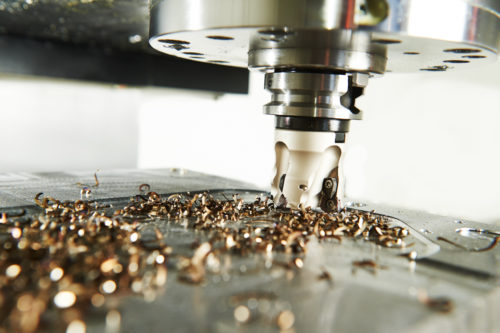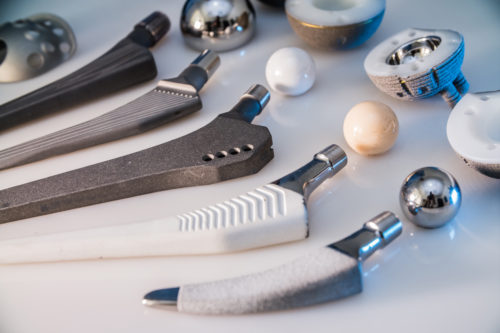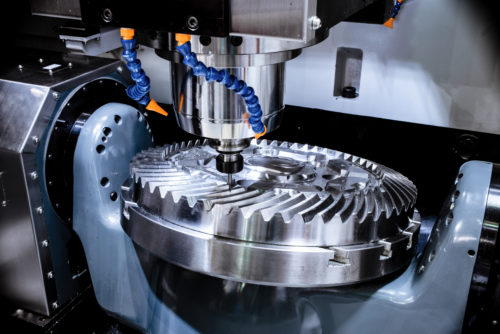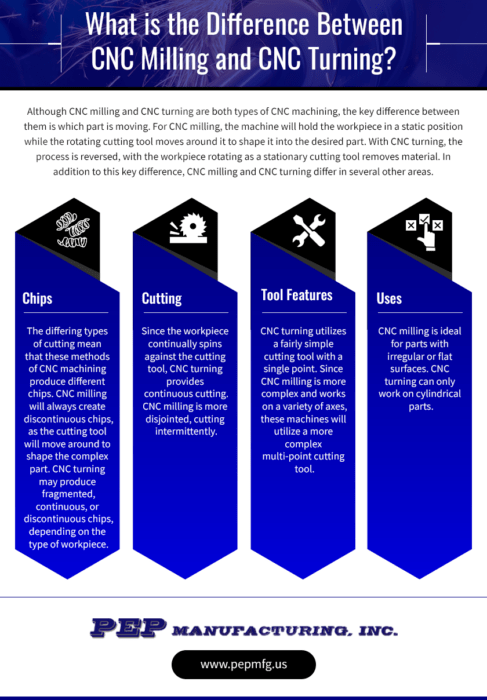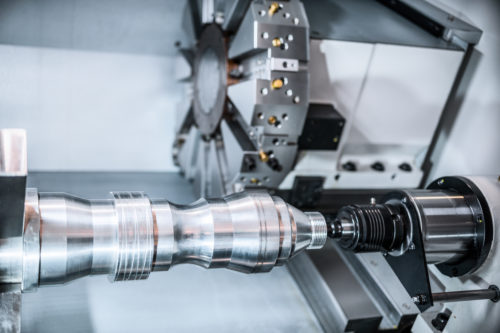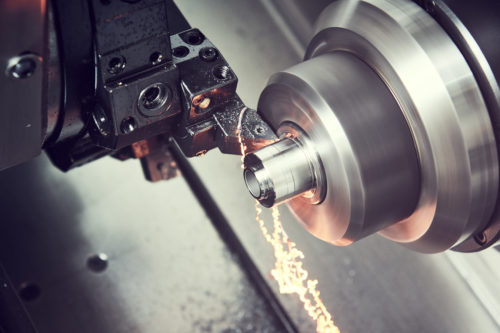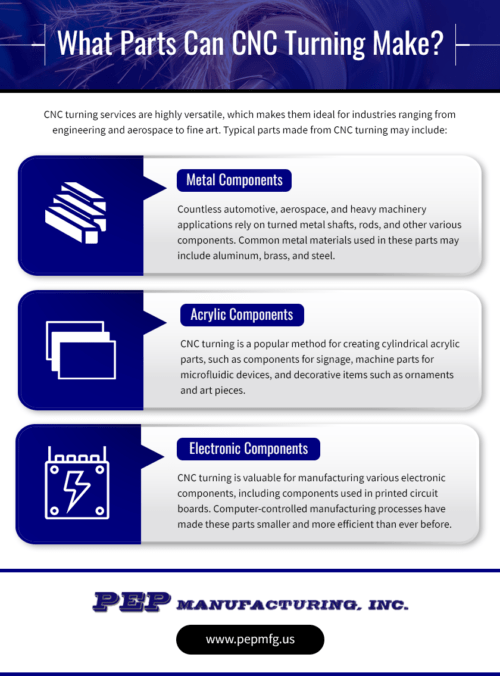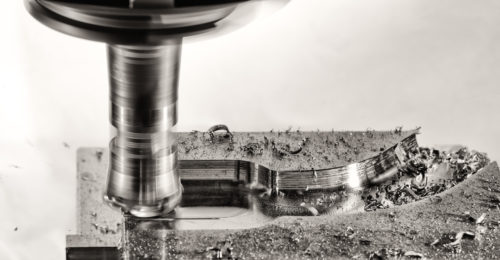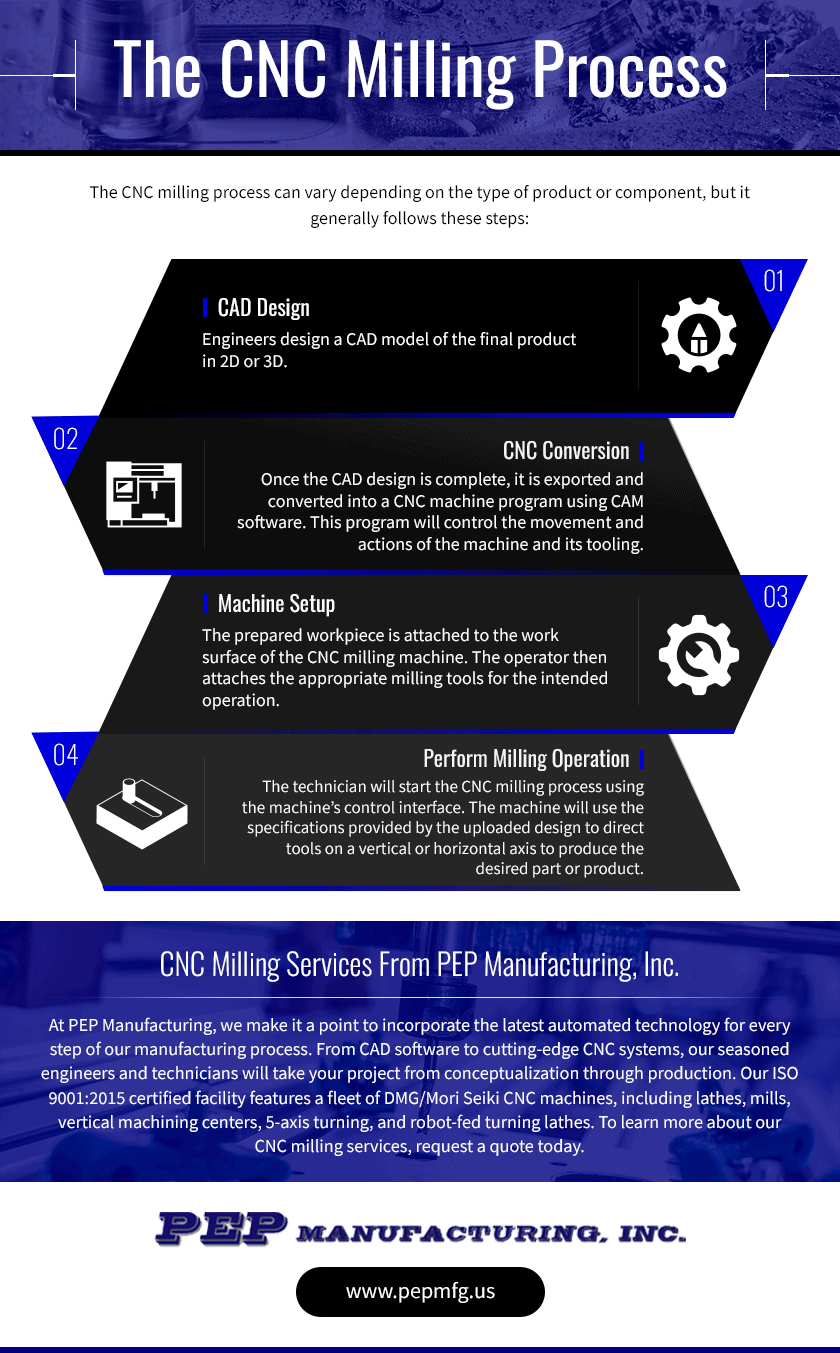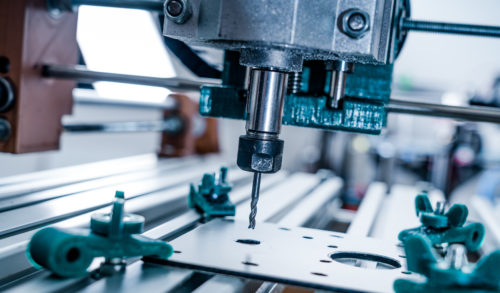Industrial Applications of CNC Milling
Leave a CommentNumerous industries rely on the precision and quality that CNC machining processes provide. CNC milling is one of the most popular processes leveraged by manufacturers to create batches of custom components and high-volume orders of mass-produced parts. The automated processes and equipment used for CNC machining create extremely accurate parts with a high rate of repeatability between all goods in the production run. This blog will discuss some of the many industries that use CNC milling.
Aerospace
Aerospace components need to be highly precise to ensure proper fit and performance within complex assemblies. Aerospace OEMs and suppliers count on CNC milling to deliver this level of required precision. Manufacturers may also combine the precision of CNC milling with digital design software that simulates product performance in real-world conditions to verify tolerance requirements in advance of production.
Some of the parts most commonly produced with CNC milling include:
- Aircraft seat frame support rails
- Control panels
- Fuel bodies
- Hydraulic manifolds
- Jet engine impellers
- Landing gear
Agricultural
Farm equipment must operate reliably in harsh conditions without the risk of breakdowns or malfunctions. CNC milling processes quickly produce standard and custom parts used in virtually any type of machinery or agricultural vehicle. CNC milling can handle most metals and many non-metal materials. Agricultural parts created through CNC milling can also undergo a diverse range of surface treatments that further imbue them with beneficial characteristics, such as corrosion resistance and improved hardness, that will improve their ability to tolerate harsh operating conditions.
Typical machined parts in the agricultural industry include:
- Cast parts
- Differential cases
- Gearbox cases
- Transmission components
- Transmission housings
Automotive
Automated technologies have dramatically sped up the design, testing, production, and assembly of vehicles. CNC milling and other CNC machining processes have become a staple in automotive manufacturing for their ability to create high volumes of interchangeable parts quickly and reliably.
While CNC lathes create drive shafts, piston rods, and other cylindrical components used in automobiles, CNC milling produces a wider variety of parts and components for the automotive sector, such as:
- Dashboards
- Drive housings
- Engine block cylinders
- Flywheels
- Pumps
- Starter motors
Electronics
CNC machining processes quickly produce hundreds or thousands of identical parts with small dimensions and extremely tight tolerances. CNC mills and turning centers can be used on polymers and other synthetic materials, non-conductive dielectric materials, and conductive metals, making them useful for constructing computer hardware, protective assemblies, and more. Easy tooling setup and fast production make CNC equipment well-suited for manufacturing high volumes of small electronic components within tight tolerances.
Some of the electronic components created through CNC milling include:
- Card cages
- Component support brackets
- Heat sinks
- Stiffener bars
- Switches and panels
Energy
CNC milling produces parts for every facet of energy production, including standard fossil fuel production, renewable energy, nuclear power, and more. Numerous support industries also rely on CNC milling and machining to create strong parts that can handle harsh operating conditions, such as those found in oil and gas rigs and refineries, or mining machinery.
Examples of CNC-milled parts that directly or indirectly support the energy sector may include:
- Gears and housings for oil and gas rigs, pipelines, and refineries
- Housings
- Pump handles for pipelines
- Valves
- Solar panel frames and rails
- Turbine blades and bearings
- Covers, housings, and impellers for hydroelectric turbines
- Electrical components such as gearbox housings, gears, and rotors
 Medical
Medical
Medical manufacturers use CNC milling to create a variety of complex parts and components used in medical devices and equipment. The versatility of CNC milling also helped many manufacturers in other industries pivot to creating personal protective equipment (PPE) and emergency medical products during the COVID-19 pandemic. Machined goods for the medical industry include:
- Custom sterile packaging
- Implants
- Heat-resistant plastic equipment
- Orthotic devices
- Precision surgical tools
- Shields and enclosures
Choose CNC Milling Services From PEP Manufacturing
At PEP Manufacturing, we provide an extensive portfolio of CNC machining services for customers in an array of demanding industries. To see how our machining capabilities can benefit your project, please contact us or request a quote today.

